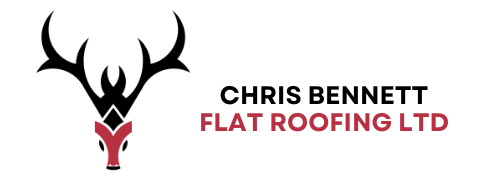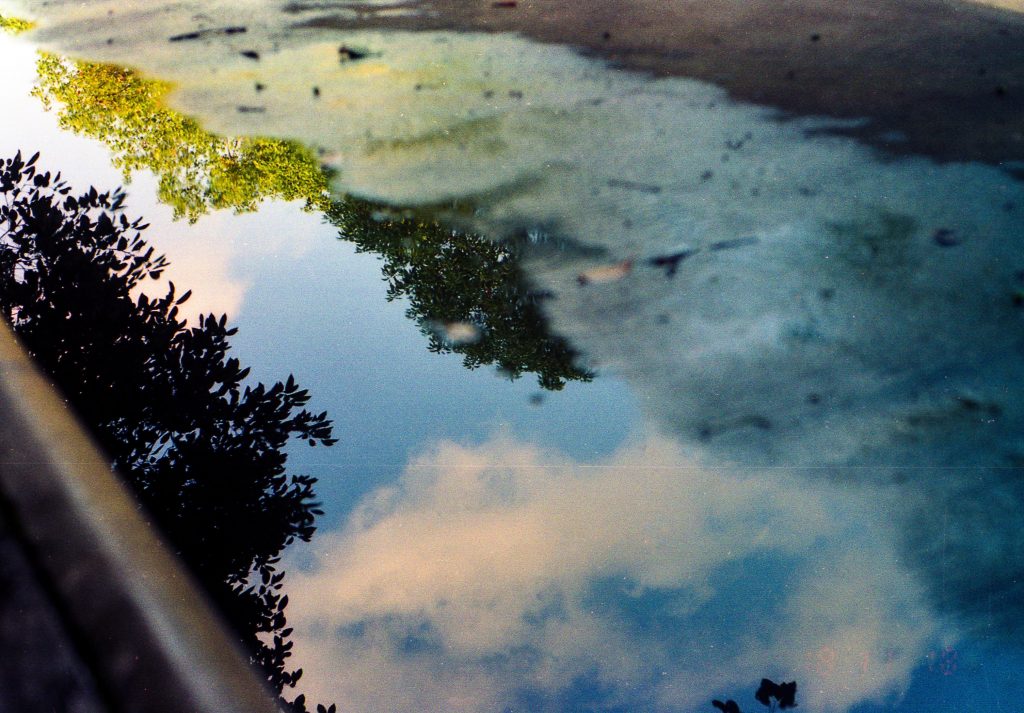There are a lot of things to consider when you are thinking about installing a flat roof. If you are constructing, repairing, or replacing your flat roof you need to think seriously about the materials you use. You need to think about the weather conditions in your area and make your choice accordingly.
You also need to consider the drainage options for your roof. Flat roofs are notorious for collecting rainwater which can lead to costly repair work. We have created a guide to all of your flat roofing options to help you on your journey. It is vital that you consider all of these aspects carefully prior to installation. We strongly recommend contacting a professional to construct your flat roof.
Covering material
There are many different materials to choose from in terms of a flat roof covering. Each comes with its own advantages. There is no consensus on which is the best option, ultimately it comes down to personal preference. The most important consideration is the guarantee provided by the manufacturer. You should look for materials with at least a 20-year guarantee.
Reinforced bitumen membranes are also known as RBMs. These are essentially 2 or 3 layers of felt that have been rolled out as one and bonded using hot bitumen. It does not have to be felt, it can be another flexible material. When it is bonded with the hot bitumen, the material becomes waterproof.
This must then be covered in a protective layer of shingle or gravel to weigh down the fabric when it is windy. Alternatively, you can use reflective paint or bond flakes of sea salt to the felt. This layer also helps to protect the covering material from the sun’s rays, and if anyone walks across it.
Torch-on felt is a type of modified bitumen roofing material. It is supplied in rolls that are rolled out and heated with a gas torch during installation. This melts the bitumen contained within the felt and the felt is then pressed into the liquid that collects on the structural deck.
Asphalt is the cheapest roof covering to install, but requires the most frequent replacement. It is one of the original flat roof coverings, and is made by bonding felt and asphalt in a factory. This is then rolled out on the top of the roof and secured with asphalt cement or nails. For effective protection, many layers of asphalt need to be laid. These roofs must also be given a protective covering of gravel.
Ethylene propylene diene monomer, or EPDM, is a rubber-based material. It is very durable, waterproof, and has a lot of protection against UV rays. It is very simple to install as it comes in a roll that can be cut to size. The finish of this roof is very smooth and some types of EPDM roofs have been known to last up to 50 years.
Tiles are the best covering material for flat roofs designed to be walked upon. Examples of this type of roof include balconies and roof terraces. The material needs to be stronger to support the weight of people and furniture. The tiles are commonly made from fibre cement, plastic, bitumen, porous concrete, and rubber.
PVC single ply membrane makes a very strong and flexible flat roof covering. It is a polymer material with a thickness of 1 or 2 mm. It is purchased in 20 metre rolls and is held on the roof using mechanical fasteners. These are plastic tubes with short screws, inserted through the membrane and into the structural deck.
Glass-reinforced plastic is also known as GRP. This is a material commonly used on boat hulls and commercial buildings. This material is quite costly as it is incredibly strong and long-lasting, with a lifespan of around 40 years if looked after well. This material can be walked upon and is often grey in colour, to mimic the appearance of lead. The downside to this material is that it is not very flexible so the surface must be flat and immobile.
Green roofs are not green in colour, but rather in the environmental sense. This term refers to living roofs that are essentially lawns in the sky. They create habitats for local wildlife as well as looking beautiful. They have been proven to reduce the impact of urban heat islands and are a great form of natural insulation. They also provide noise insulation, are incredibly easy to install, and require very little maintenance.
Blue roofs are designed for urban areas to reduce the likelihood of floods occurring. They work by collecting rainwater in storage tanks and slowly discharging it into external drainage systems. They reduce the impact of rainwater runoff and help to avoid flooding on a ground level.
Lead roofs are most commonly seen in churches. The metal is flexible and incredibly durable. It is a sustainable material, with more lead coming from recycling than mining in modern times. It has an extremely long lifespan and while it is expensive to install, the maintenance costs are much lower.
Structural deck material
The structural deck is what forms the framework of your flat roof. It sits above the ceiling joist and below the insulation. The stronger the framework, the more durable your flat roof is likely to be.
In industrial and commercial buildings, the framework is likely to be constructed from concrete. This is the strongest material but is not commonly seen on domestic buildings.
When you are constructing a new structural deck, you should opt for plywood, timber board, or oriented strand board. Plywood for roof decking is often 18 mm thick, but can be as little as 15 mm if the structure is more tightly packed. Similar figures apply to oriented strand boards. Timber boards must be at least 19 mm thick, planed and clamped tightly together.
We do not recommend building your structural deck from chipboard or particleboard. These materials can be tempting due to their cheap price, but it is not worth it. These woods will absorb a lot of moisture and can cause problems down the road. The roofing company, Bauder, says that chipboard has long term structural instability.
Pitch
All flat roofs must have some slope to them to allow rainwater to drain off. If this is not included in the design and construction, rainwater can begin to pool on the surface. This can reach great weights which could potentially damage your home. The repairs for water damage or a collapsed roof can be very expensive, meaning this is an important factor to consider.
Building regulations in the UK encourage a minimum fall of 1:40. This means that for every 40 units of width, the roof height should drop by 1 equivalent unit. The minimum finished fall according to building specifications is 1:80. Different roofing materials have varying recommendations, and you should always check prior to construction beginning.
The fall can be created in a few different ways. You can simply cause the roof structure to slope as it is being constructed. This is done by laying the joists at a slope, or through the use of tapered beams containing horizontal soffits.
You could also install lines of tapered timber, known as firring. These are attached to the level surface of the ceiling joists before the deck has been laid. The firring must be the same length and width as the ceiling joists and should be affixed at right angles to the joists. This is the optimum installation method for good ventilation.
Another method is to install preformed tapered insulation boards. This works perfectly for warm roofs of a fall greater than 1:60. These boards must have a vapour control layer installed underneath and should be encased in waterproof material.
Insulation
The insulation of your roof is an important factor to consider. This layer is installed between and on top of the joists in your ceiling. There are 3 main types of roof insulation, creating either a warm, cold, or hybrid roof.
Warm roofs have the layer of insulation installed above the structural deck. This means that the structural deck is similar in temperature to the internal heat of the home. In these roofs, you must have a waterproofing vapour control layer installed underneath the insulation. This stops moisture from entering the insulation and should completely contain the insulation.
The design of warm roofs is very simple, which is one reason why it is the most commonly used construction method. It is suitable for almost all types of buildings and is relatively cheap to install. There are no requirements for roof void ventilation. Cold bridging is easily eliminated as the insulation is not interrupted by the structural decking joists like in cold roof systems. The only issue is that the insulation reduces the internal height of the room below, which can cause problems with doors and windows.
Cold roofs are commonly found in smaller extension builds, commonly those with timber and plywood decking. The insulation is installed in between the floor joists. This does not reduce the height of the room but you do need to have sufficient space for ventilation.
They are known as cold roofs as they provide slightly less insulation than warm roofs as the rafters are not insulated. Cold roofs are easier to install than warm roofs.
What are the advantages of flat roofs?
The main advantage to installing a flat roof is the cost. They are much cheaper to install than traditional pitched roofs. There is much less risk involved with their installation and the process is simpler. This means that they can be installed a lot faster, meaning cheaper labour costs. As well as this, creating a flat roof uses less materials.
Flat roofs require little maintenance, and are relatively easy to check for signs of damage. Repairs are much faster and cheaper if and when you do notice issues. It is very easy to empty the gutters and check the siding, meaning that maintenance is a breeze. A well-maintained roof will last much longer than a neglected one and will save you money in the long run.
A flat roof design gives you a lot of space inside the building when compared to pitched roofs. This means that you can utilise every bit of space inside and can be as creative as you like with the interior.
If you opt for a more durable covering material, you can increase your outdoor space with a flat roof. Your roof can become an outdoor seating or entertainment area, or even just a new sunbathing spot. You could even create a rooftop garden, or install solar panels for some sustainable electricity.
What are the disadvantages of flat roofs?
Many people are not as fond of the aesthetics created by a flat roof, and prefer the look of a traditional pitched roof. They may stand out a little more if you live near houses with pitched roofs, but this is a small issue.
The insulation provided by flat roofs is not always as effective as that of pitched roofs. This is because there is simply less space for insulation to be installed than with pitched roofs. This can mean that the internal temperature is more affected by fluctuations in the external climate.
Flat roofs have to hold up a significant amount of weight, especially if you plan to use it as an entertaining area. This means that the building must be very structurally sound and is likely to need to be reinforced in other areas to ensure it does not collapse.
The drainage of flat roofs is not as effective as that of pitched roofs. You will have heard of ponding, where a pool of water collects in the centre of the roof and remains there for 48 hours or more. You are likely to need to install additional drainage systems into your flat roof to get around this issue. It is vital to get a professional to install your flat roof so that you can be assured it will drain correctly.



